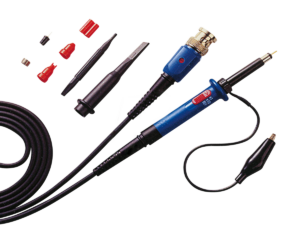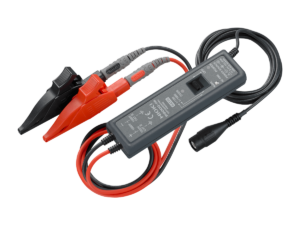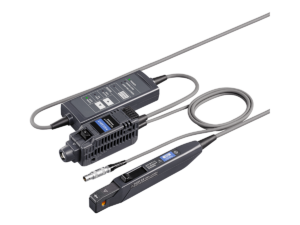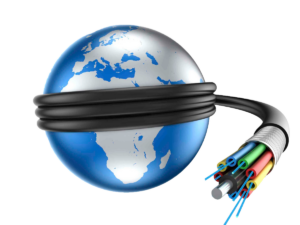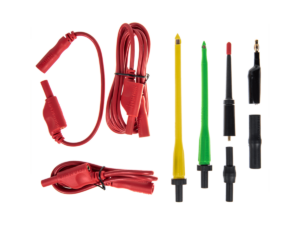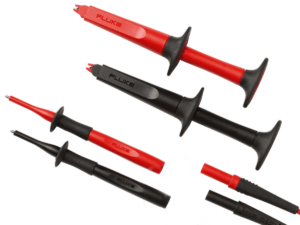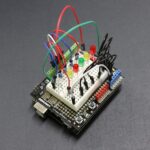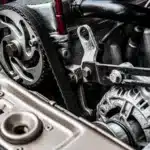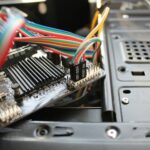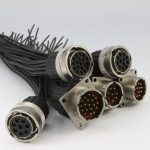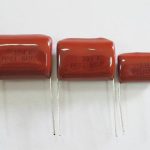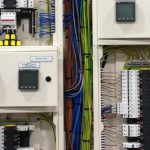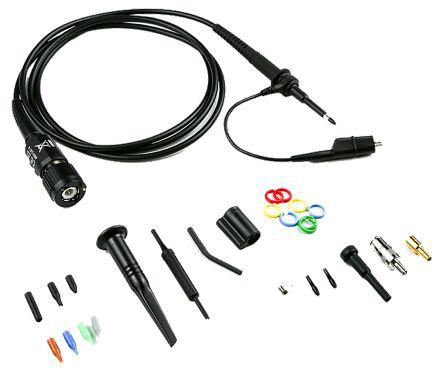
Is a probe necessary?
Your digital storage oscilloscope’s probe just became faulty and you are probably wondering where to start. Do you need one? Can’t you just modify regular cables like network and communication cable. Where do you find one? What factors do you need to consider when looking for one? Well, you most definitely need one. Probes enable you to conveniently and safely connect between the circuits and the input port of the oscilloscope. Moreover, they act as isolation channels between the circuit and the scope, hence minimizing the effects of loading on the circuit operation. They also offer high-bandwidth, low distortion path for the signals to ensure that the measurements you make are accurate.
5 Factors to consider
1. Type of probe
There are different types of probes. Each type is designed to counter particular measurement problems. Probes can be categorized as;
Passive probes
This is the most commonly used type of probe. They are used to take general-purpose measurements. Passive probes are constructed using passive components only i.e. housing, wires, compensation or attenuation resistors or capacitors and connectors. They do not have any active components. Passive probes are easy to use, affordable and quite durable.
Passive probes have several attenuation levels.
- x1
- x10
- x100
- x1000
To achieve these levels of attenuation, the probe multiplies the voltage measurement range using a built-in resistor alongside the oscilloscope’s input resistance hence creating a voltage divider. Attenuation is important since it allows you to measure those signals that are beyond the scope’s limit. It also creates a high resistance and low capacitance which is very good for high-frequency measurements.
Active probes
Just like their name suggests, active probes contain active components like FETs and amplifiers. They are often used for measuring high-speed signals (>500 MHZ) and taking measurements on circuits with high impedance. If you use passive probes for such applications, it could result in severe circuit loading and degradation of high-frequency characteristics owing to the capacitance within the probes. Active probes are externally powered, allowing them to amplify signals without having to use power from the circuit under test.
Differential probes
Differential probes are used to measure differential signals, they measure the difference between points on a circuit. They are often used to measure high-frequency signals (or low amplitude signals). Differential probes incorporate a differential amplifier in order to convert the difference between two signals to a voltage level that can be sent to a single-ended scope input. Over a broad frequency range, differential probes offer high common-mode rejection performance.
Current probes
Current probes are non-invasive. They measure the electrical current flowing through a cable. DC current probes use hall-effect sensors to measure the magnetic field generated by the DC current passing through the probes’ ferrite cores. AC current probes, on the other hand, use current transformers to measure the AC current flowing through the probe’s core. There are current probes that measure both AC and DC.
2. Bandwidth
Just like oscilloscope input circuits, probes have maximum bandwidths. If you use a slow probe on a fast circuit you will fail to see high-frequency sections of the signals. Therefore, if you often use your probes to measure fast signals you might need to consider choosing a probe with the same bandwidth as your oscilloscope.
3. Compensation range
It is important to ensure that both the attenuator circuit and compensation adjustment of the probe matches the input impedance and capacitance of the oscilloscope. The core function of the of the probes is to provide high-fidelity connection to the signal being measured, hence correct compensation is required to ensure that the frequency response of the probe is flat from very high frequencies to DC. Also, choose a probe that is able to compensate for the input capacitance of the oscilloscope.
4. Input connector
Ensure that the connector of the probe matches the port on your oscilloscope for obvious reasons, if they connect effortlessly then you will not be able to use the probe. There are two common types of connector inputs, BNC AND SMA. Ensure that you acquire a probe with the right connector type.
5. Accessories
Ensure that the probe comes with relevant accessories like ground leads, documentation, removable tips. Without them, it becomes difficult to use the probes.
Where do you buy the probes?
Enrgtech offers a large stock of probes on their platform. They also offer numerous data sheets to help you pick the best and the most appropriate probe for your oscilloscope. Besides the outstanding customer experience, you can count on Enrgtech to ship the probes to you on the same day of purchase. They ship to any part of the world and accept close to all forms of payment.






